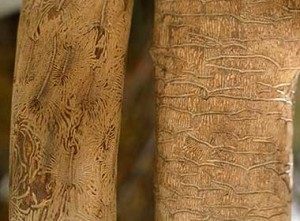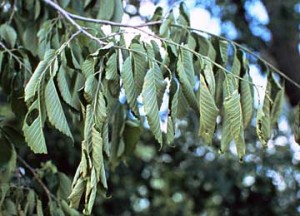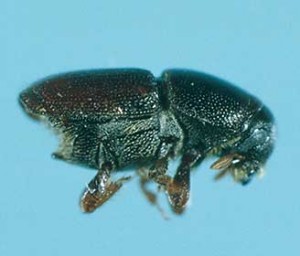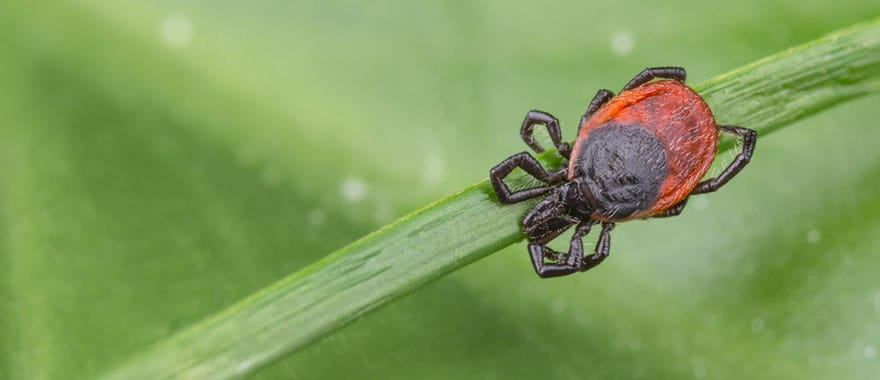The rise of Dutch Elm Disease (DED) has been a devastating event in the history of tree diseases. It is caused by the fungi Ophiostoma novo-ulmi and O. ulmi and is carried by bark beetles. The disease affects American elms (and other elm species, to a varying extent), killing individual branches and eventually the entire tree within one to several years. The disease is referred to as “Dutch” Elm Disease because it was first described in Holland in 1921, although the pathogen originated in the Orient. The disease began its destructive reign in the United States in 1930.
Prior to the arrival of this pathogen, many streets and parks were graced by the upright and spreading branch structure of American Elms. The appearance of a mature American Elm can make nature lovers stop and stare in awe. Due to the incredible interest in these trees, plant breeders have been trying to develop resistant American Elms for years. Unfortunately, many of those trees proved to be susceptible to other diseases, such as Elm Yellows.
Symptoms of Dutch Elm Disease
Symptoms develop quickly within a 4-5 week period and usually when the leaves have reached full size. The first visual symptom usually observed within the crown of the tree is referred to as “flagging”. This occurs when one or more branches develop symptoms of wilting and/or yellowing of the leaves on a otherwise apparently healthy tree.
Prior to these visible external symptoms, symptoms have developed internally and include the death of xylem cells, the loss of water conducting ability within the tree, and the browning of the infected sapwood in narrow streaks that follow the wood grain. The fungus is present in the streaked wood, and samples taken from this symptomatic tissue are needed to confirm infection by this pathogen. Blockage of xylem vessels is due to the production of gums and tyloses. In the Western U.S. where summers are dry, water shortage and heat stress often mask symptoms.
Lifecycle of Dutch Elm Disease

Left trunk: Native elm bark beetle galleries;
Right trunk: Smaller European elm bark beetle galleries.
Spores of O. novo-ulmi are stored in xylem vessels and reproduce through budding. Dispersal of spores is via bark beetles that burrow under the bark and lay their eggs in wood galleries. Elm bark beetles distribute O. novo-ulmi locally and over distances of several miles while the fungus may be distributed over longer distances in elm logs and in firewood. There are two species of beetle vectors known in North America, Hylurgopinus rufipes and Scolytus multistratus. Insects are attracted to healthy elms by volatile chemicals produced by the trees. Beetles bore into the inner bark and while feeding deposit spores of O. novo-ulmi. Scotylus multistratus feeds in the crotches of twigs, therefore, most infections occur in twigs. Hylurgopinus rufipes bores in the bark of branches and small trunks causing infections in major branches.
From the point of inoculation, the fungus moves upward and downward by two modes: in the liquid within xylem vessels and by the growth of fungal hyphae between xylem vessels after germination. Ophiostoma novo-ulmi reaches the roots within one season of infection where it continues to grow. The fungus grows in the roots and ascends the trunk in a wave of infection that kills the entire tree or a major part of it. Where elms are planted close together and there is a possibility of root grafting, O. novo-ulmi may move from one tree into the next through the roots. The fungus can also survive as a saprophyte in dead plant tissue.
Preventing Dutch Elm Disease
Never transport elm wood or wood products with bark to new locations. Many landscape and forest pests can be spread in firewood. Leave your fire wood at home and pick up local wood when camping or traveling. Don’t take extra fire wood home with you.
There are systemic fungicides and injections that can be made by arborists that sometimes (depending on stage of disease) can help prolong the tree’s life. However, once a tree is infected, there’s no known cure for Dutch Elm Disease.





